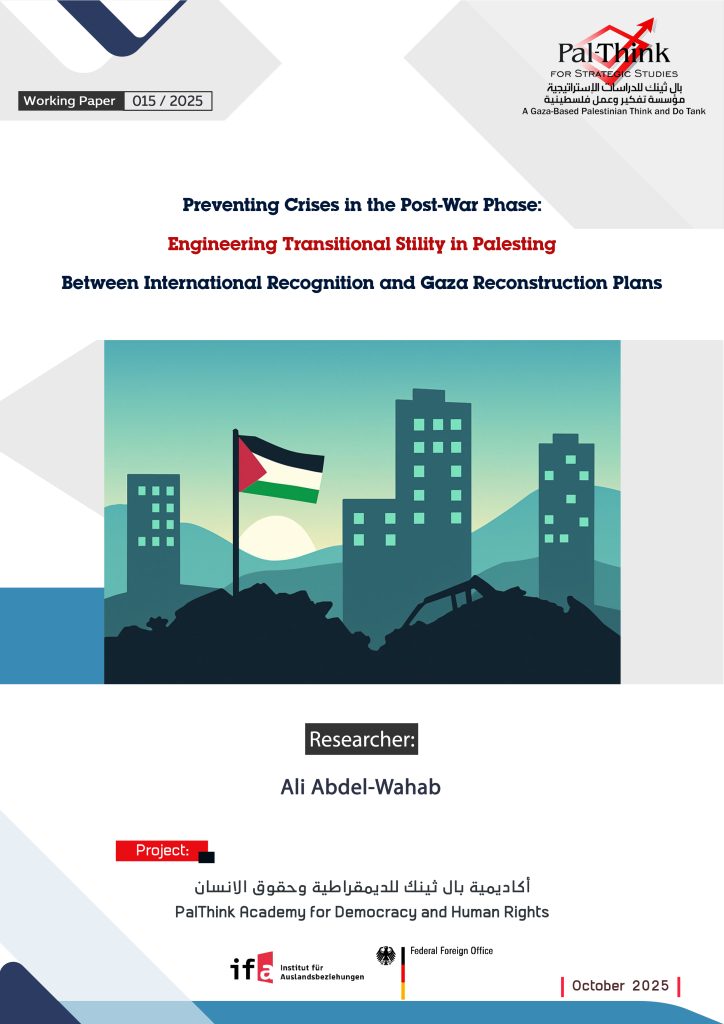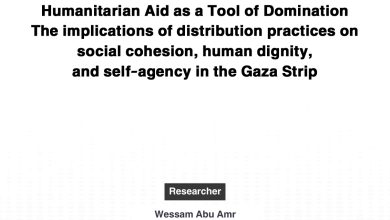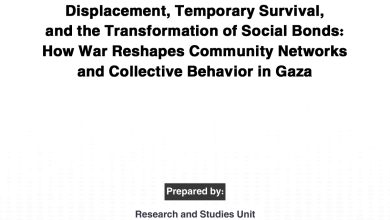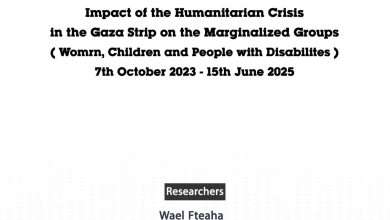Preventing Crises in the Post-War Phase: Engineering Transitional Stability in Palestine Between International Recognition and Gaza Reconstruction Plans

Introduction:
After a long and devastating war, Palestine stands at a critical crossroads that demands not only reconstruction but also a fortification of its future. The war has left Gaza in ruins—massive human and material losses, with thousands killed, tens of thousands injured, and widespread destruction of homes and essential infrastructure. Joint assessments by the United Nations, the World Bank, and the European Union estimate material damage in Gaza at around USD 30 billion, alongside USD 19 billion in economic losses due to the near-total halt of production and services. The most severely affected sector was housing (53 percent of total damage), followed by commerce and industry (20 percent), and then critical infrastructure—health, water, and transport—accounting for over 15 percent. Consequently, Gaza’s economy has nearly collapsed: prices have risen by more than 300 percent within a year, and the Strip—home to 40 percent of the Palestinian population—now contributes barely 3 percent to the national GDP.
Public institutions, already fragile, have been unable to maintain basic services. Continuous power outages, water disruptions, and loss of connectivity have pushed systems to the brink. Gaza’s sole power plant has been completely non-functional since 11 October 2023, while most high-voltage feeder lines from Israel have been destroyed. Residents have been forced to rely on small diesel generators and solar micro-systems—both hindered by fuel shortages and combat damage. According to UN data, large portions of Gaza’s water and sanitation systems are out of service, solid waste has accumulated, and the risk of epidemics has grown sharply.

Download the paper: click here




